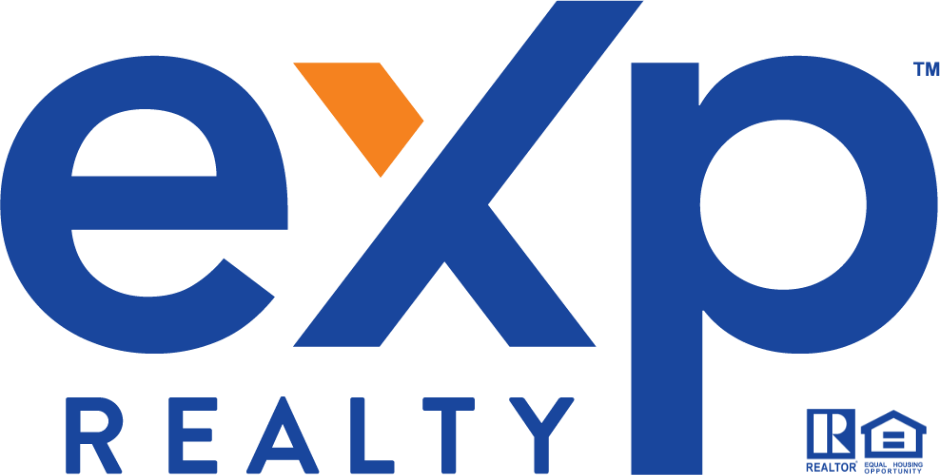It would be nice if houses for sale came with giant price tags so a buyer could easily compare “all-in” costs. Imagine trying to buy a gallon of milk and having to separately compute what it costs to feed the cow, distribute the inventory and stock the shelves. Let’s bottom-line your homeownership costs, from one-time move-in fees to ongoing monthly expenses.
First: Make sure the time is right
If you’ve decided homeownership is right for you, you’ll need to convince a lender of that, too. That means your credit is in good shape, you’re not struggling with a boatload of debt and you have a sizeable cash cushion for the expenses you’ll face.
Lenders are looking at a variety of metrics to determine if you’re a suitable risk for a six-figure home loan. How much you owe compared to how much you earn (lenders call this your “debt to income ratio”) plays a major role in the approval process. The down payment does, too. If you can’t make the standard 20% down payment, you may be able to get a loan with less money upfront — but then face an increased cost of borrowing and higher monthly payments.
One-time costs
Down payment (the biggest hurdle to clear): The down payment always looms large in our efforts to buy a home. You can figure 20% of the purchase price as a good starting point; however, you may have additional options. Some lenders offer loans guaranteed by the FHA or VA, with down payments as low as 3% to 5%, but you’ll usually have a private mortgage insurance premium added to your monthly payment.
What it takes to seal the deal: When all the terms have been finalized, it will come time to sign a small mountain of paperwork. This is when it really does pay to read the fine print, ask questions and know what you’re signing. Not only will the ink be flowing at closing, but so will the money — from your pocket to theirs.
You will have received a good-faith estimate on these closing costs ahead of time — and had time to negotiate and shop around for lower fees on some of them — so there should be no surprises. (The good-faith estimate allows you to make an apples-to-apples comparison of what you would actually pay, because variation in fees can make interest rates deceiving.)
Ongoing expenses
The mortgage: Unfortunately, nearly half of us don’t comparison shop for our home loans, according to the Consumer Finance Protection Bureau. That can cost us a big chunk of money over time. In fact, the bureau says that by shopping for rates with just three lenders, homebuyers are more likely to find a lower rate. Let’s say you’re looking at buying a $300,000 home and putting 20% down. Reducing your interest rate by only half of a percentage point would mean saving $70 per month on a $240,000, 30-year fixed mortgage. That’s more than $4,000 in just the first five years.
Most people don’t think to comparison shop for home loans, but it’s smart to do so. Even just visiting three different lenders will likely get you a lower rate. Reducing your interest rate by a half a percentage point will save you thousands of dollars.
Don’t let the monthly payment surprise you: Online mortgage calculators can be a bit misleading. Your monthly mortgage note contains principal and interest payments but often much more than that. An escrow account may be established to set aside a portion of each monthly payment to cover property taxes, insurance and other annual fees. Depending on the size of your loan, these charges can add hundreds of dollars to your note.
Sellers will usually disclose property taxes in the home’s listing information, or you can obtain them from your local property tax assessor.
Day-to-day, and rainy days, too: Once you’ve crossed the homebuying finish line, you might think you’re clear of the financial hurdles. And for the most part, you are. But there are utilities to pay, perhaps homeowner association fees, maintenance — such as yard care and snow blowing — and the occasional plumbing debacle. Some of these ongoing expenses you can budget for; the surprises, not so much.
You know that emergency fund that financial advisors suggest we all have? You might want to pad it a bit with a home ownership “rainy day” fund. That’s for those little-to-large expenses that insurance won’t cover, such as the water heater that springs a leak in the middle of the night.
Having some money set aside for unexpected household expenditures will help keep you from tapping into your last-resort emergency savings — or taking on credit card debt. Consider stowing $500 to $1,000 in savings as your household repair fund.
The price is right
Using a mortgage comparison worksheet can help you nerd the numbers. The form may seem a bit overwhelming at first, but by taking it one step at a time, you’ll reveal the real cost of homeownership. Sellers might not be able to smack a big “Buy It Now” sticker on the front of the home you love, but by considering all of the upfront and ongoing expenses, you’ll be able to make a smart move to your new address.
If you are planning to sell your home, let The Incorvaia Team make the process as easy as possible for you. Call us today!



